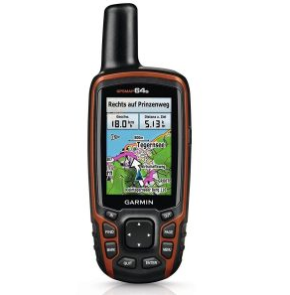

If your trips are limited to weekends, 20 hours of runtime will be enough to get in and out of the woods on a single charge. But for weekends or extended backpacking trips, battery life takes on greater significance. Battery lifeįor mostly day hikes, virtually any handheld GPS unit will do, since they all provide at least 10 hours of runtime. Here’s a quick breakdown of how you can sort through the noise and narrow your choices. Nearly 30 years later, there is no shortage of devices to choose from.
Personal gps tracker hiking how to#
A08/Shutterstock How to choose a handheld GPS unit Current models include such advanced features such as wireless data transfer capability, pre-installed maps and trip planning software, geocaching capabilities, two-way radio, digital camera, and more. Whether you are still at home planning the hike, traveling your planned route, altering your course on a whim, or saving key locations to revisit at a later date, a GPS unit can do it.Īnd, taking their cue from the smartphone trend, GPS makers continue developing intelligent outdoor capabilities beyond navigation. It easily provides point to point navigation, records and displays trip data, and can sync with your computer for trip planning, analysis, management. As you walk, it can track your route, making it a cinch to exactly backtrack to the car or another previous point on the path.
What does a GPS unit doĪ purpose built GPS unit is capable of precisely displaying your position anywhere on earth. Accessories like rugged phone cases and portable charging systems can help mitigate some of these shortcomings, but this requires more gear and more weight. And, if it slips from a sweaty hand onto a rock or into a puddle, the phone will end up useless. Heat, cold, humidity, and precipitation place additional stress on phones. On the other hand, in order to perform navigational functions, a cell phone must constantly run apps, which quickly drains the battery.


 0 kommentar(er)
0 kommentar(er)
